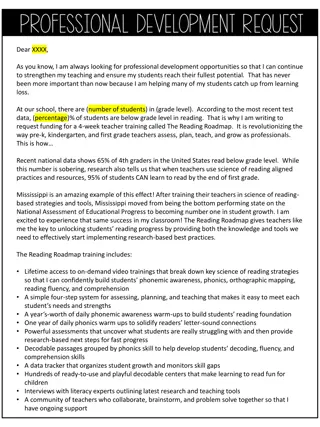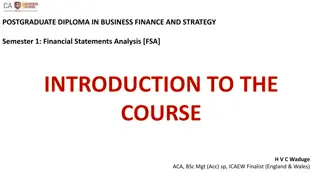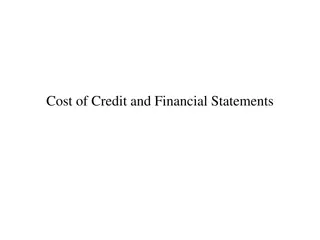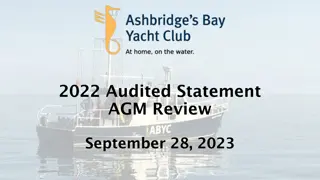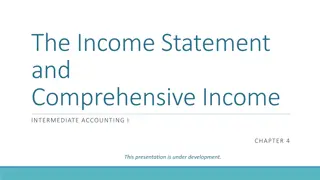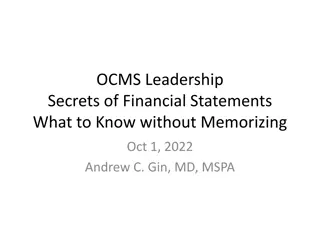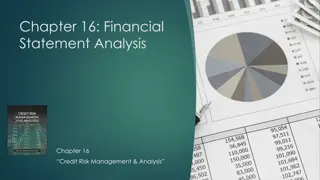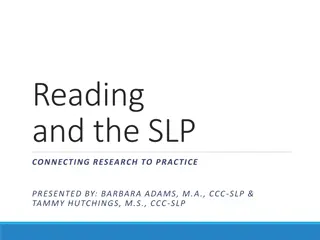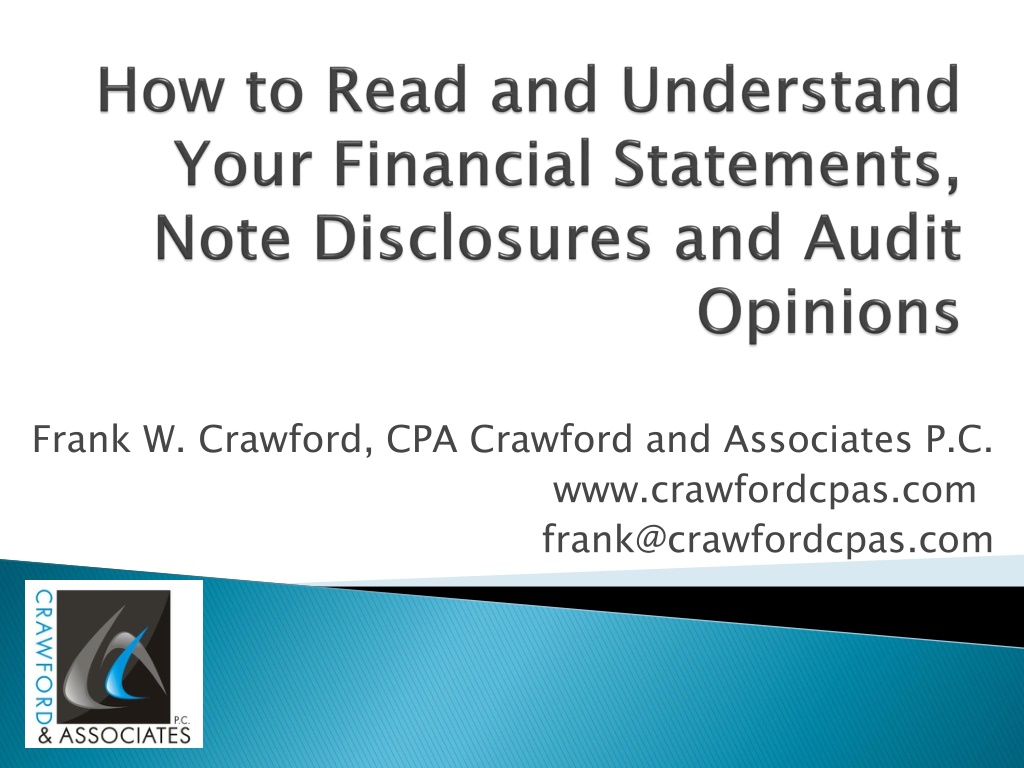
Understanding Materiality in Financial Audits: Crawford & Associates Insights
Learn about the significance of materiality in financial audits through insights provided by CPA Crawford & Associates. Discover how auditors assess materiality and its impact on financial statement preparation and audit procedures.
Uploaded on | 0 Views
Download Presentation

Please find below an Image/Link to download the presentation.
The content on the website is provided AS IS for your information and personal use only. It may not be sold, licensed, or shared on other websites without obtaining consent from the author. Download presentation by click this link. If you encounter any issues during the download, it is possible that the publisher has removed the file from their server.
E N D
Presentation Transcript
Frank W. Crawford, CPA Crawford and Associates P.C. www.crawfordcpas.com frank@crawfordcpas.com
Reading and understanding your opinions Reading and understanding your financial statements Questions and Answers 2
Yes, thats correct.opinions One audit, that results in multiple opinions Almost like partial credit on your homework, to a point 3
Materiality and the Super Model ( and we are not talking Cindy Crawford here ) How an auditor considers materiality has been a major point of consideration Auditors plan and perform their audits in a manner that considers how preparers consider materiality in preparing financial statements Where are we today/refer to graphic presentation 4
Separate quantitative materiality evaluations required at the following opinion units: Governmental Activities Business-Type Activities Aggregate Discretely Presented Component Units (qualitative materiality factors should affect the nature, timing and extent of procedures) 5
Separate quantitative materiality evaluations required at the following opinion units: Each major governmental and enterprise fund Aggregate remaining fund information (qualitative materiality factors should affect the nature, timing and extent of procedures) 6
How do required reconciliations between the government-wide financial statements and the fund financial statements fit into the materiality picture? The auditor should consider the information in required reconciliations as relating to the presentation of governmental activities and, if applicable, business-type activities. 7
Exception to the rule When aggregate discretely presented component units and/or aggregate remaining fund information not quantitatively or qualitatively material to the primary government Guide will allow auditor to combine these two opinion units for purposes of planning, performing audit, and reporting No other options to combine opinion units 8
More-Detailed Opinion Units Terms of engagement or legal provisions may require auditor to set scope of the audit and assess materiality at a more-detailed level (for example, at an individual fund or fund type level). This is permitted in AICPA Audit Guide - The more detailed audit supplements, rather than takes the place of, the normal scope of the audit 9
Significant changes in reporting due to materiality guidance (refer to illustrative auditor s report) Reporting on opinion units may result in clean opinions on some opinion units and modified opinions on others 10
Certain egregious situations result in the auditor expressing an adverse opinion or disclaimer of opinion on the financial statements taken as a whole Required government-wide or fund financial statements not presented When adverse/disclaimer of opinion given on both governmental activities and business- type activities Auditor should use professional judgment when adverse/disclaimer opinion given on one or more opinion units 11
Infrastructure is Excluded Auditor considers the materiality of the omission Because infrastructure is normally significant in relation to the government-wide statements, an adverse opinion would normally be appropriate on the governmental activities opinion unit Auditor could conclude an adverse opinion on the financial statements taken as a whole is appropriate 12
Are there any audit implications if an entity has different major funds from year to year? Changes in the funds presented as major are an expected result from the consistent application of GAAP Does not affect the consistency or comparability of the basic financial statements No modification to the auditor s report is necessary However, the auditor may want to consider an explanatory paragraph 13
Other Issues addressed include: Auditor reporting on individual fund and departmental financial statements Special-purpose regulatory presentations Summary financial information Reporting on more-detailed opinion units Special situations (for example, other auditors, joint audits, prior-period financial statements) Reporting requirements on RSI and SI 14
Example reports illustrating various scenarios are included such as: Standard report as well as modifications of one or more opinion units Adverse opinion on financial statements taken as a whole Special-purpose government with a single opinion unit and those with more than one One but not all component unit are not audited However, not all situations you may encounter will be illustrated 15
Example reports illustrating various scenarios are included such as: Financial data of each component unit omitted Individual funds and departments Additional detail presented (for example, more- detailed audit scope) Summary financial information 16
A dual-perspective approach, with each set of financial statements communicating different information Government-wide statements Fund statements Note Disclosures 17


